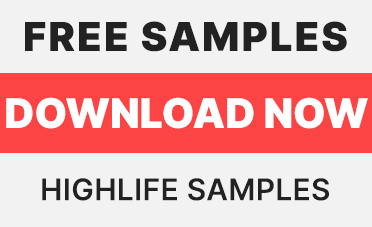Not too long ago, FL Studio released version 20.1. Version 20, is actually the 13th installment of FL Studio, but Image-Line decided to name it version 20 because it was the 20th year anniversary of the program.
However, I’ve noticed a lot of the “FL Gang” are still using previous versions that date as far back as FL Studio 11. I believe much of this stems from some of the issues producers had with version 12.
Two of the biggest complaints I’ve run into were the loss of the legacy Precomputed FX within the channel settings and the channel looping function, which allowed you to loop longer MIDI channels with shorter ones on the same pattern. For example, many producers would create 4 bar loops with their drums, but then go on to create 8 bar patterns with their instruments, all within the same pattern. This was a time saver because you could stay on one pattern to make your entire beat, and then split the channels to arrange it in the playlist. Without this function, we were stuck with either having to make everything the same length in one pattern or making multiple patterns and pre-arranging the loops in the playlist, which was time-consuming.
Well, with FL Studio 20, Image-Line brought back the Precomputed FX. Producers loved this function because it allows us to further manipulate our samples, before sending them to the mixer to add additional FX. This saves CPU power and allows us to beef up samples before adding any plugins.

Still, the addition of the Precomputed FX wasn’t enough for many producers. The most important feature was the channel looping. Before FL Studio was called FL Studio, its name was actually Fruity Loops. It was known for its ability to quickly make individual loops and arrange them. This was a big deal when the channel looping was introduced, but was an even bigger deal when it was taken away.
Now, in FL Studio 20.1, it has returned and it’s better than ever.

You can loop the channels within a single pattern of channels like before. But now, Image-Line has introduced individual channel settings to loop with any length you desire per channel. You can loop beats, bars, steps, or you can manually set the length yourself, which gives you the opportunity to create polyrhythms (multiple rhythms within one pattern… common in African/tribal percussion).

Image-Line didn’t stop there. They added a whole slew of new functions and features that will dramatically improve workflow and organization within your project. You can see an entire list here. My two favorite features are the addition of mute/solo option in the channel window.

And the ability to drag and drop your instruments directly into the playlist, which will also name the channel, the playlist track and the mixer insert automatically. What’s even better about this is the ability to edit the name and/or color of the track in any of those locations, and it will automatically update in all of its locations. Before, none of this was linked, so it was time-consuming to update each location to match the names and colors you chose for each element in the project.

Really, the only excuse I hear from other producers now is that they are simply used to the GUI of previous versions, instead of the updated look that was introduced with FL Studio 12.
My advice is to start using the new version now so you get used to the new look ahead of time, because, in the near future, even more features will be introduced that will speed up workflow and ultimately get you to producer more efficiently. Since there aren’t any missing features anymore, and the fact that those features have been upgraded, now is the perfect time to get used to the updated GUI before you actually have to learn new features altogether. You’ll eliminate more than half of the headache by upgrading now, vs. waiting and having to learn a bunch of new stuff without being accustomed to the new interface. Plus, I personally found it to be an improvement after using it for about a week. I hope that convinces you to see what you’ve been missing out on and keeps you from missing out on what’s to come!
Comment below on what’s still holding you back from upgrading and let us know what future updates you would like to see in the next version of FL Studio.


I have a question, is there an updated Soundfont that works for 64x version of FL Studio?
First thing I noticed with the new 20 version, the Soundfont I have used for years, no longer works unless I use the 32bit version of FL Studio and the 64bit obviously works quicker and handles bigger files better.